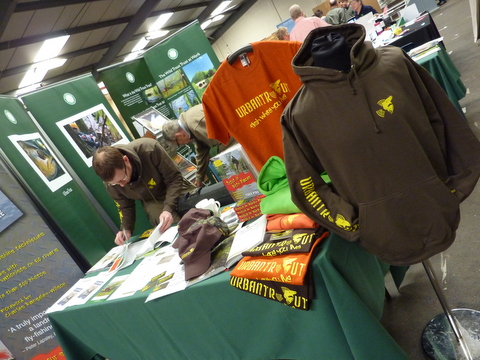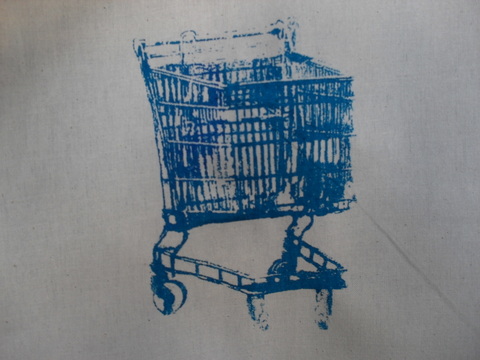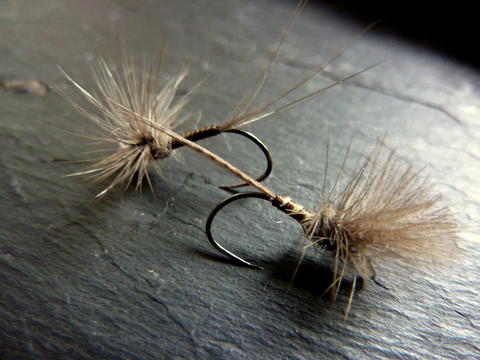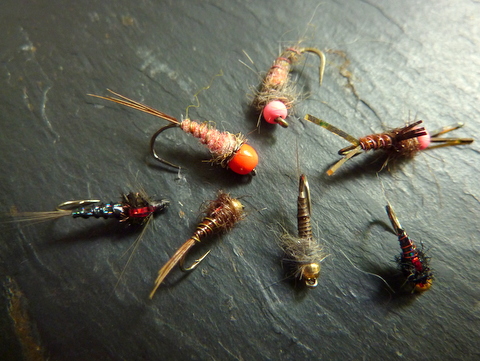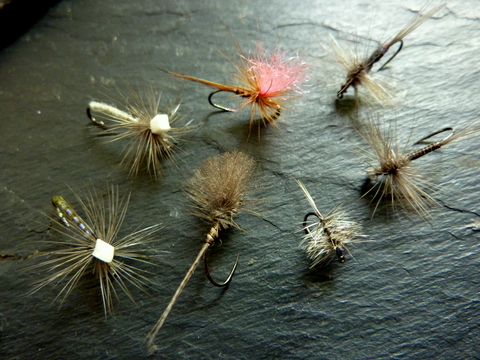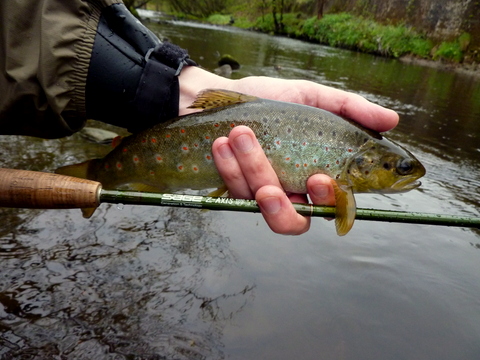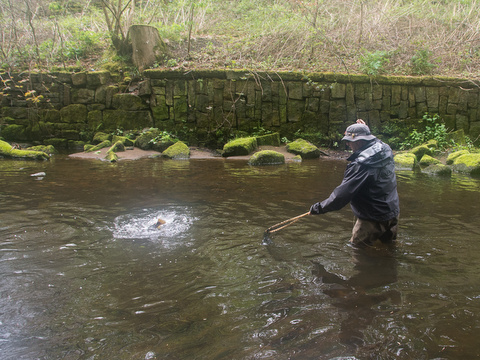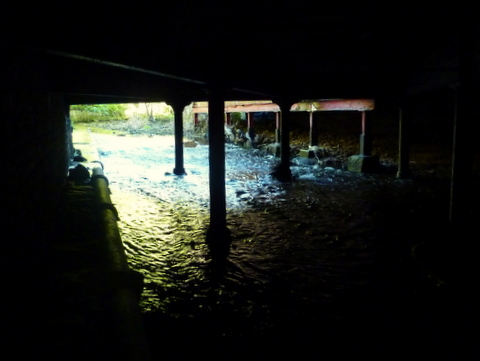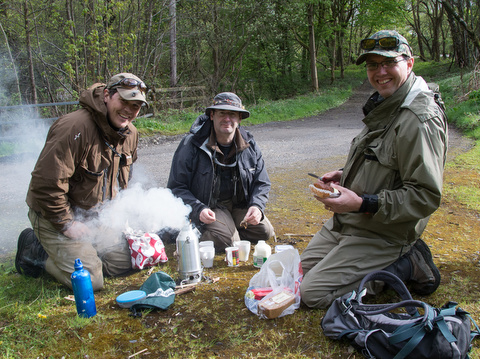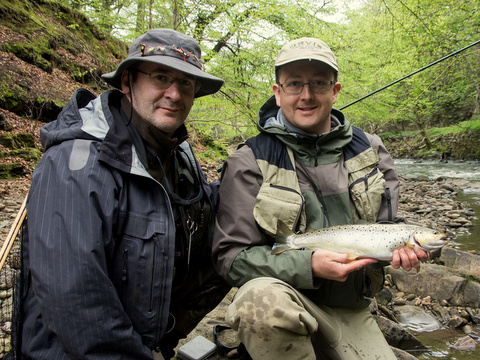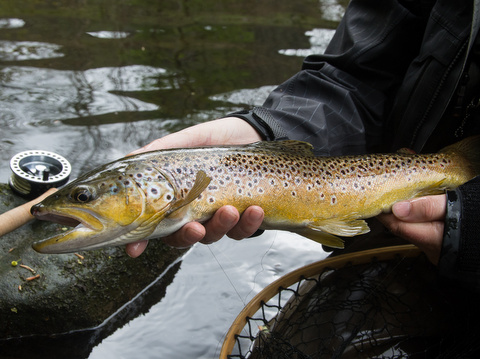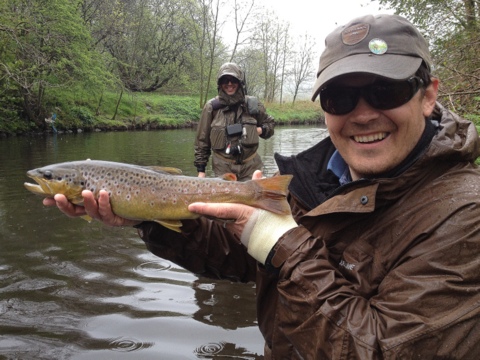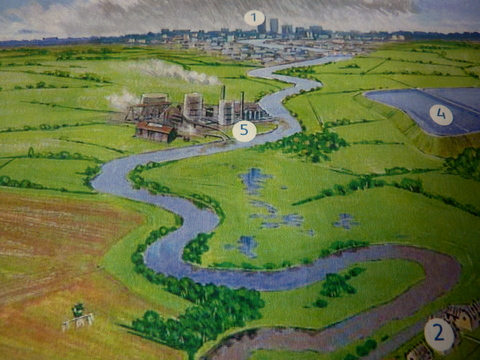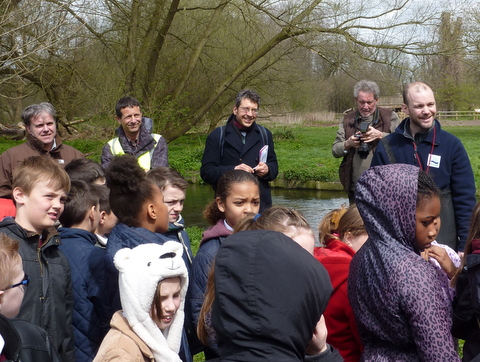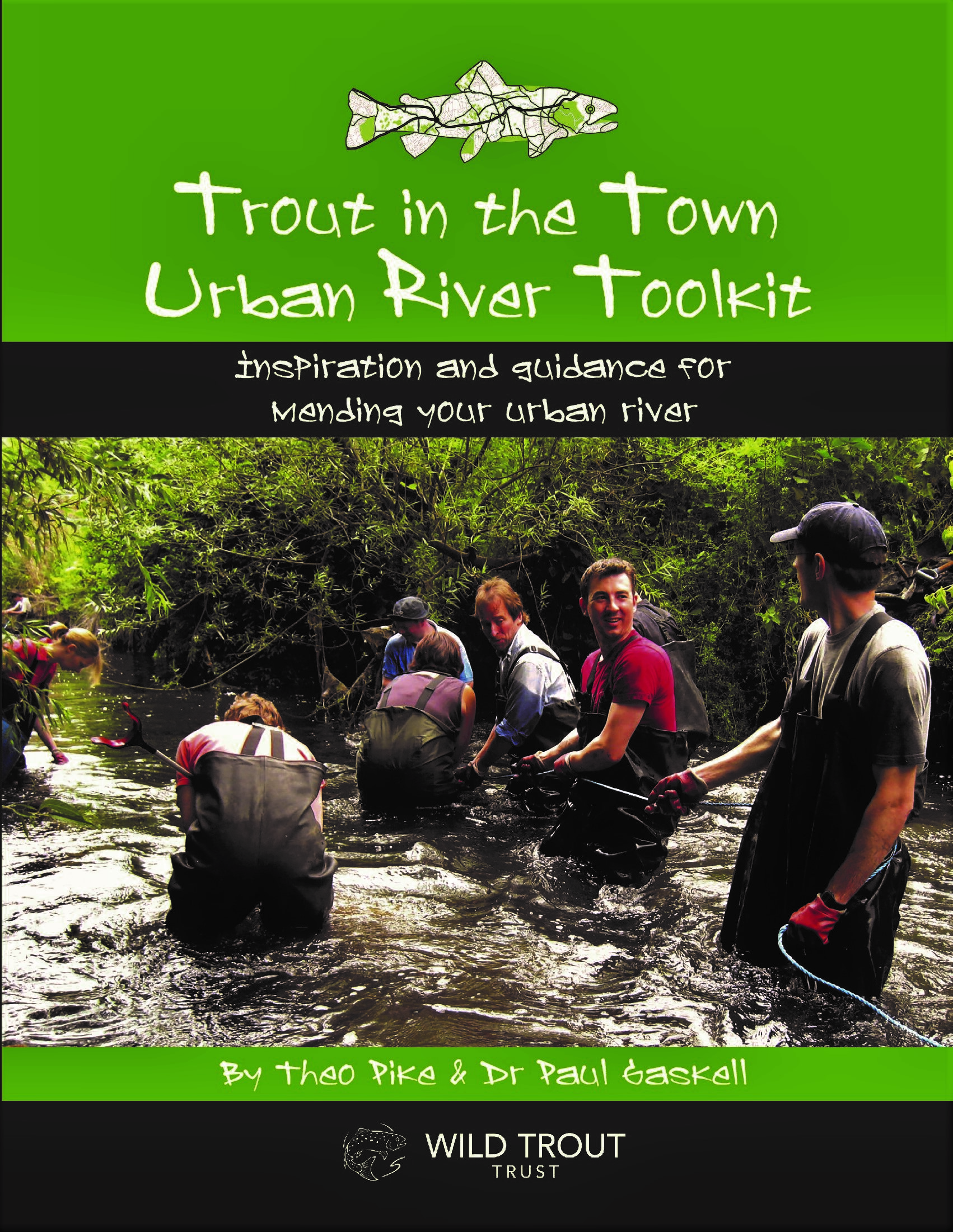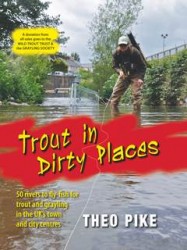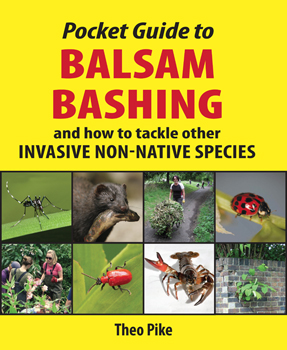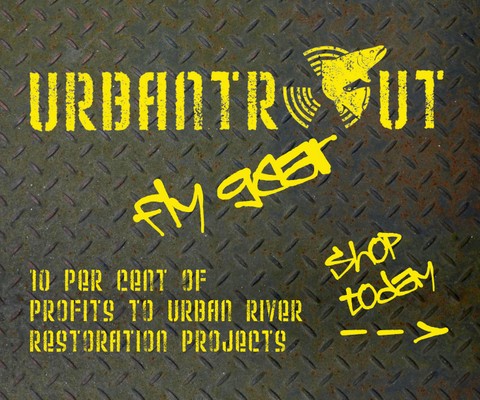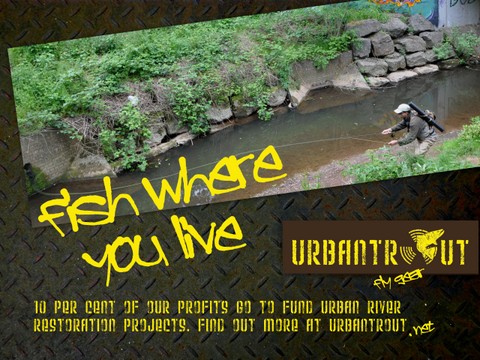
Today we’re delighted to announce a major development for Urbantrout: the launch of our new range of urban street-style fly-fishing gear…
… with 10% of annual profits going directly to help fund urban river restoration projects.
As we’ve said over on our full announcement page…
If you want to stroll the banks of a manicured chalkstream, or cast a fly across a well-appointed salmon river, there’s plenty of old-school tweed and waxed cotton to help you look the part.
Alternatively, if you’re planning a week’s survival camp in Norway or Kamchatka, with nothing to keep you alive except bear-spray and space-tech fabrics, the catalogues are crammed with choice.
But what if you’re one of our new tribe of urban fly-fishers who just wants to fish where you live, blend into your busy urban surroundings and remain undetected by everyone except (perhaps) other members of your own movement?
That’s why Urbantrout fly gear is here.
Like the whole of this website, Urbantrout fly gear is inspired by the pioneering spirit and conservation ethos of urban river restoration and fly-fishing. So we’ve made a big decision.
Every year, we’ll donate a full 10% of Urbantrout-branded product sales profits to urban river restoration projects.
Our reasoning is that without the hard-to-fund projects that are constantly improving our inner-city fisheries as a precious common resource, few of us would be fishing these urban rivers at all.
We’ve also been greatly inspired by the generosity and environmental advocacy of global brands like Orvis and Patagonia… and while we’re vastly smaller (for now) than these industry leaders, we’re no less passionately committed to environmental responsibility.
We freely admit we’ve no idea how much difference we’ll be able to make by donating this deliberately high percentage of our profits, but we want to give it a hell of a good try.
So we hope you’ll choose to use and wear Urbantrout fly gear. And don’t forget to get in touch if you’d like your local urban river restoration project to be considered for a donation.
Our launch range of Urbantrout caps, t-shirts, hoodies and window stickers will be available to try and buy on the Wild Trout Trust’s stand at this weekend’s British Fly Fair International (Saturday 22 June only).
If you’re at the show, come and say hello to fly-fishing’s new eco-brand! After that, you’ll be able to buy direct from our new online shop (coming soon).
Fish where you live, rock your urban fly-fishing, and wear Urbantrout fly gear to show your support for the urban river restoration movement!
Click here to read our press release.
Tags: Fishing gear, Funding, Trout, Urban fishing, Urban river restoration, Urbantrout shop
